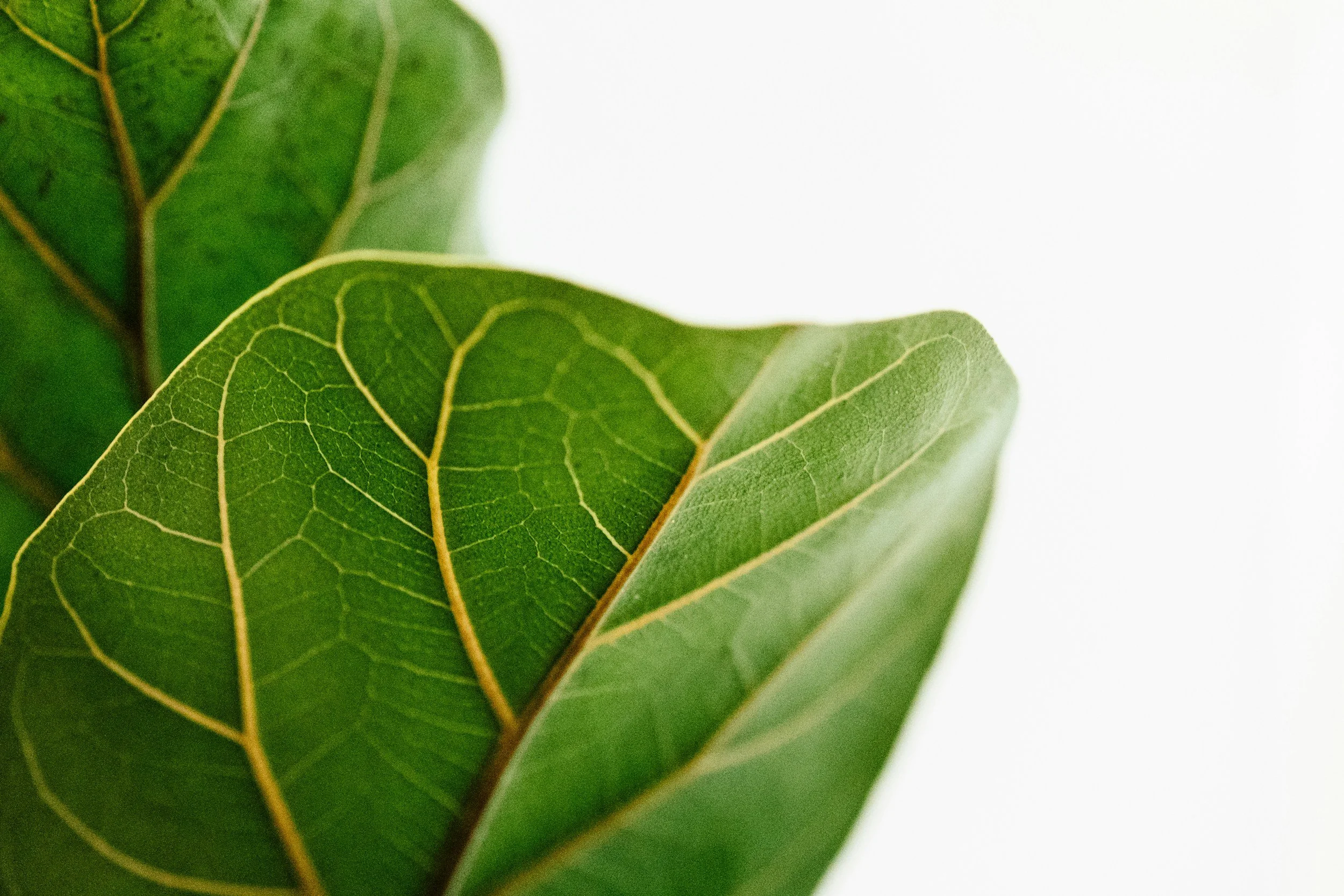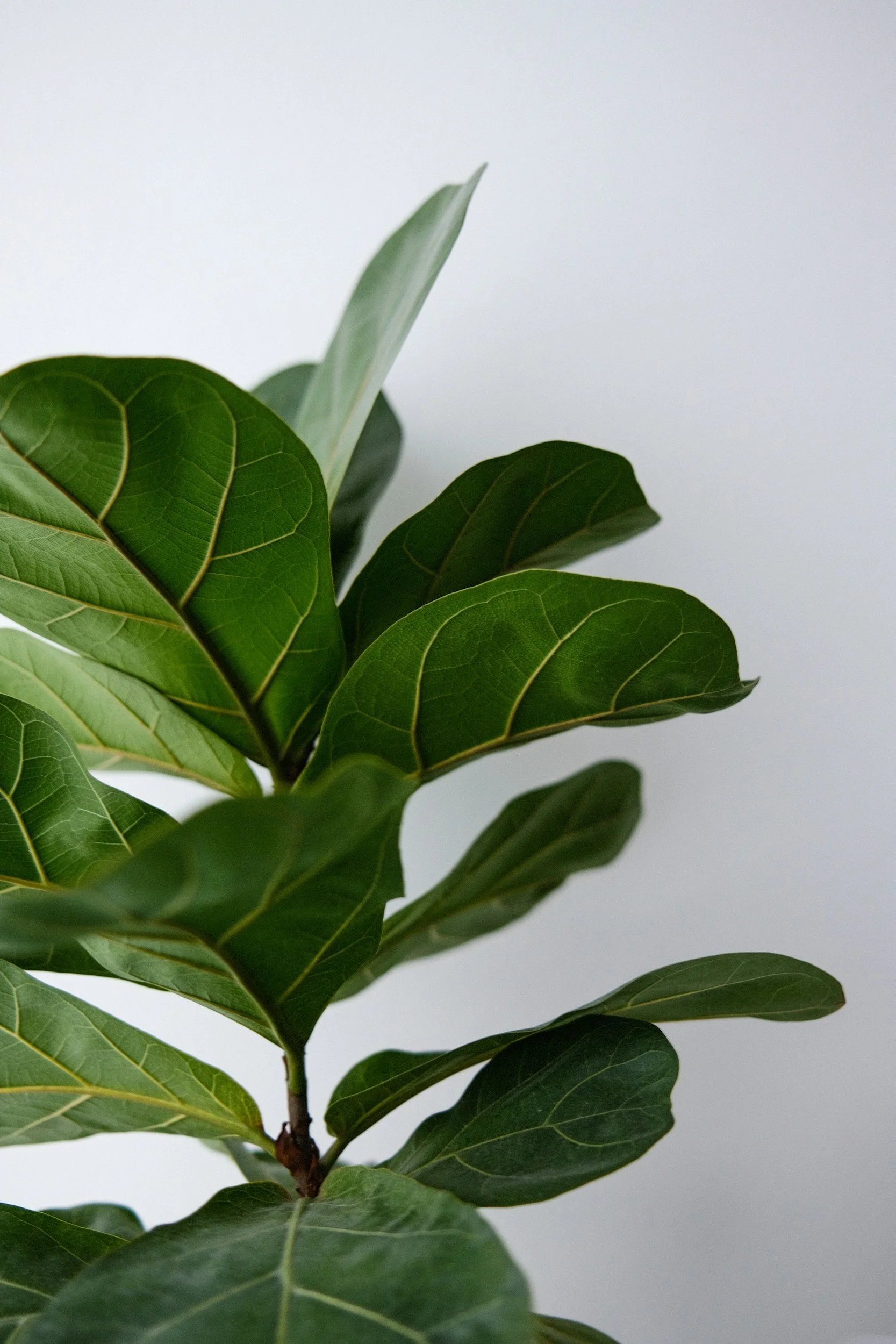Plant Profile: Fiddle Leaf Fig
How to Care for Fiddle Leaf Fig: A Guide for the Brave (and Maybe Slightly Overconfident) NC Gardener
Let’s just be honest: the fiddle leaf fig (Ficus lyrata) is the drama queen of the houseplant world. It’s the plant equivalent of that gorgeous person at a party who refuses to talk to anyone but still somehow steals the show. You’ve seen them all over Instagram—tall, statuesque, standing next to a mid-century chair with light streaming through the window. You brought one home, gave it a name, and then… it started dying one leaf at a time.
If this sounds familiar, you’re not alone. And if you're an NC gardener, you’re working with a wildly unpredictable climate and indoor humidity that shifts depending on how passive-aggressive your HVAC system is. But don’t worry. We’re going to help you understand what this diva of a plant actually wants so you can keep it from dropping leaves like it's throwing a botanical tantrum.
What Is a Fiddle Leaf Fig, and Why Is It So High-Maintenance?
The fiddle leaf fig is a tropical plant native to western Africa. In its natural habitat, it soaks up filtered sunlight, enjoys warm, humid air, and has room to grow into a literal tree. So naturally, we put it in a decorative pot and stick it in our living room next to a drafty window and expect it to perform.
It’s part of the fig family (Ficus), which should tell you everything. They're gorgeous, temperamental, and do not forgive easily. That said, when they’re happy? They’re architectural masterpieces.
Light: Bright, Indirect, and Not Negotiable
This is the #1 most important factor in keeping your fiddle leaf fig alive. It doesn’t want darkness. It doesn’t want a little sprinkle of morning light. It wants all the light—but make it indirect.
Ideal setup:
Place it near a big window with bright, indirect light. South- or east-facing windows are your best bet in NC.
Avoid:
Direct afternoon sun, especially in the summer, unless you want your leaves looking like crispy kale chips.
Note:
Rotate your plant every few weeks to keep it from leaning. Or don’t, and enjoy your new hobby: supporting it with broom handles.
Watering: Consistency Is Key (No Surprise There)
Fiddle leaf figs hate to be soggy, but they also hate being dry. You know that friend who gets hangry the second a meal is late? Same energy.
Rule of thumb:
Water when the top 2 inches of soil are dry. For most NC homes, that means about once a week—but don’t go on autopilot. Always check first.
Tips:
Use room-temperature water.
Make sure your pot has drainage holes.
Empty the saucer after watering. No one likes wet feet, especially not this fig.
Humidity: Yes, It’s a Thing (Especially in NC)
Your fiddle leaf fig wants to be reminded of its tropical roots. In NC, where our winter indoor air gets drier than grandma’s cornbread, this can be a problem.
Fixes:
Use a humidifier nearby (your skin will thank you too).
Group it with other plants to create a humidity microclimate.
Place it on a pebble tray with water (bonus: it looks fancy).
Temperature: Keep It Stable, Like Your Best Friend’s Relationship
Fiddle leaf figs like it warm and steady. No cold drafts. No sudden hot gusts. They are creatures of habit and get cranky if you move them too close to a window that frosts up in January or near a vent that blasts AC in July.
Ideal temp: 65°F to 75°F
Avoid: Anything below 60°F or temperature swings more dramatic than a reality show reunion.
Feeding: Monthly, But Only When It’s Actually Growing
Your fig isn’t hungry all year. Just like us, it has a growth season (spring and summer) and a couch-potato season (fall and winter). Feed it monthly during its active months with a balanced liquid houseplant fertilizer, diluted to half-strength.
Skip feeding in fall/winter unless it’s actively growing—unlikely unless your living room is a literal greenhouse.
Pruning: Don’t Be Scared
Got leggy growth? Weird shape? Dusty leaves? You can (and should) prune your fiddle leaf fig.
Trim tall stems to encourage branching.
Snip off any damaged or sad-looking leaves—they’re not coming back.
Dust the leaves regularly. Yes, you’re now the kind of person who dusts their plants.
Repotting: Every 1–2 Years or When It Gets Rootbound
If your fig’s roots are coming out of the drainage holes or it dries out too quickly after watering, it may be time to level up.
Choose a pot one size up, and use a well-draining indoor plant mix. Repot in spring when the plant is in active growth mode. Or bribe a plant-savvy friend to help—it’s a two-person job.
Common Fiddle Leaf Fig Meltdowns (and What to Do About Them)
Brown Spots on Leaves
Could be overwatering, root rot, or a fungal issue. Check the roots. Adjust watering. Panic only slightly.
Dropping Leaves
Drafts, sudden temperature changes, or moving the plant can cause this. Give it time to adjust and stop moving it around like a chess piece.
Yellow Leaves
Too much water or poor drainage. Let it dry out a bit and reassess your watering habits.
Final Word for the NC Gardener
Listen—owning a fiddle leaf fig isn’t just owning a plant. It’s entering a relationship. You’ll second-guess yourself, you’ll make sacrifices, and you might even say things like “Does this leaf look weird to you?” to unsuspecting guests. But with patience and a little NC-grown stubbornness, you’ll be rewarded with a tall, elegant plant that actually makes you look like you have your life together.
And who knows? You might even start a collection. But let’s not get ahead of ourselves.



